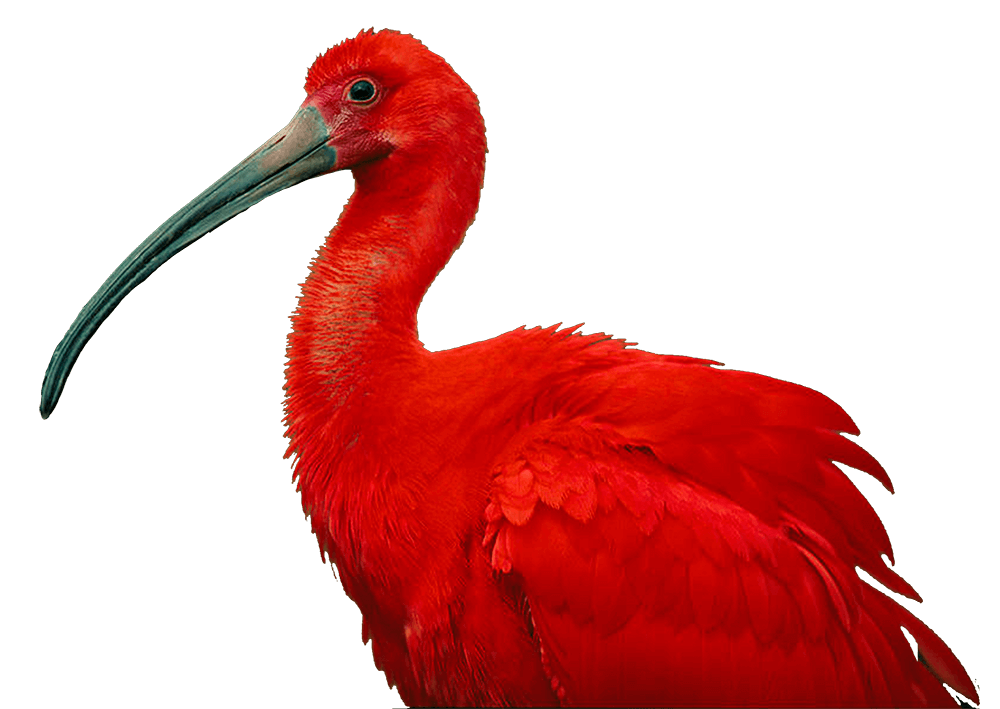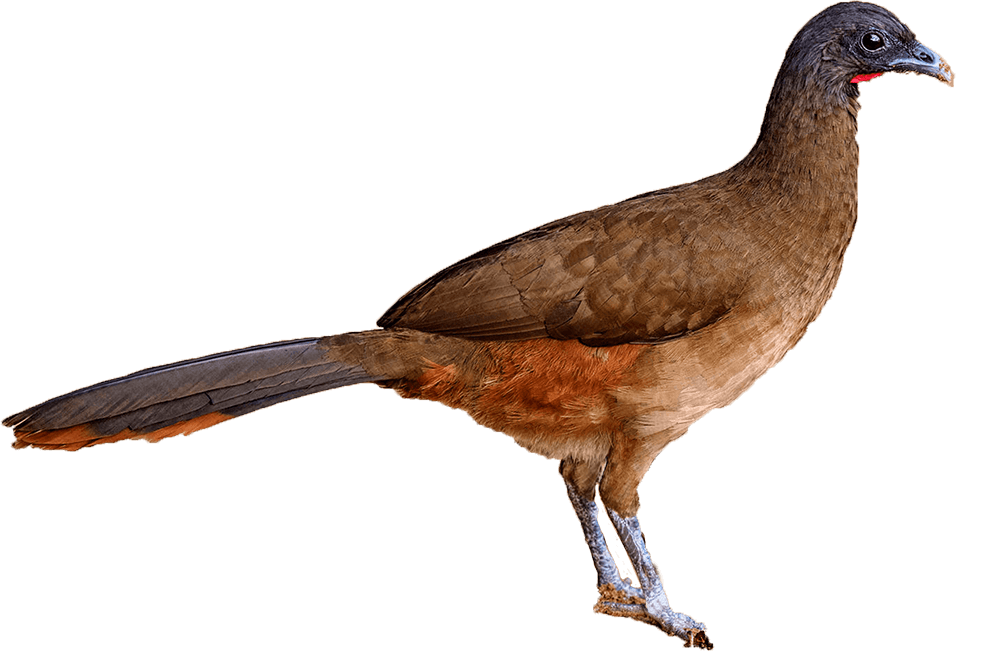National Birds


The National Birds of Trinidad & Tobago

Scarlet Ibis
The scarlet ibis (Eudocimus Ruber) is the National Bird of Trinidad. The species is prolific in the northern regions of South America, including Brazil, Colombia, Venezuela, and Trinidad. The scarlet ibis is a close relative of the American white ibis.
The bird is known for its striking deep red plumage that makes it stand out against the natural backdrop. However, juvenile ibises of the species are a blend of grey, brown, and white. They gradually grow into their red coloration through steadily ingesting red crustaceans, taking a few years to match the intensity of the adults’ brilliant hues.
Scarlet ibises usually range between 55–63 centimetres (22–25 inches) long, with males being slightly larger. They have long bills that grow to 7 or 8 inches long, which they efficiently use to catch their meals that burrow in the mud.
Their habitat in Trinidad is primarily the Caroni Swamp on the island’s western Gulf of Paria shoreline. There are several tour guides that operate in the swamp, taking visitors to see the bird-covered trees at sunset and other delightful natural phenomena.
By law, scarlet ibises are protected from hunting and any other form of decimation. Unfortunately, the illegality of harming the bird does little to deter some from purposely targeting them.
Despite this, the birds remain an endearing part of our landscape and culture, even depicted on our Coat of Arms.

Cocrico
The Cocrico is the National Bird of Tobago. The rufous-vented chachalaca, or guacharaca as it called in Venezuela, is the only game bird on the island of Tobago, where it is known as the Tobago Pheasant.
Cocricos’ plumages are variations of brown and they look like smaller versions of North American turkeys. They are vocal maestros, with a distinctive call that can be heard at dawn and at dusk. The males instigate the rapport and the females respond, all in expert synchronisation.
They are social birds, traveling around in family units looking for food. The males are slightly larger than the females. Cocricos are part of the Cracidae family, an ancient group of birds that also include the mound-builders of Australasia.


